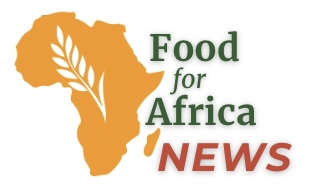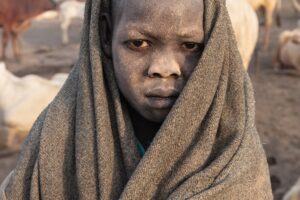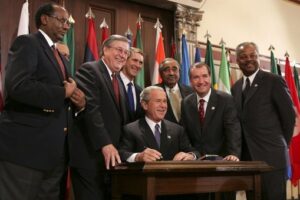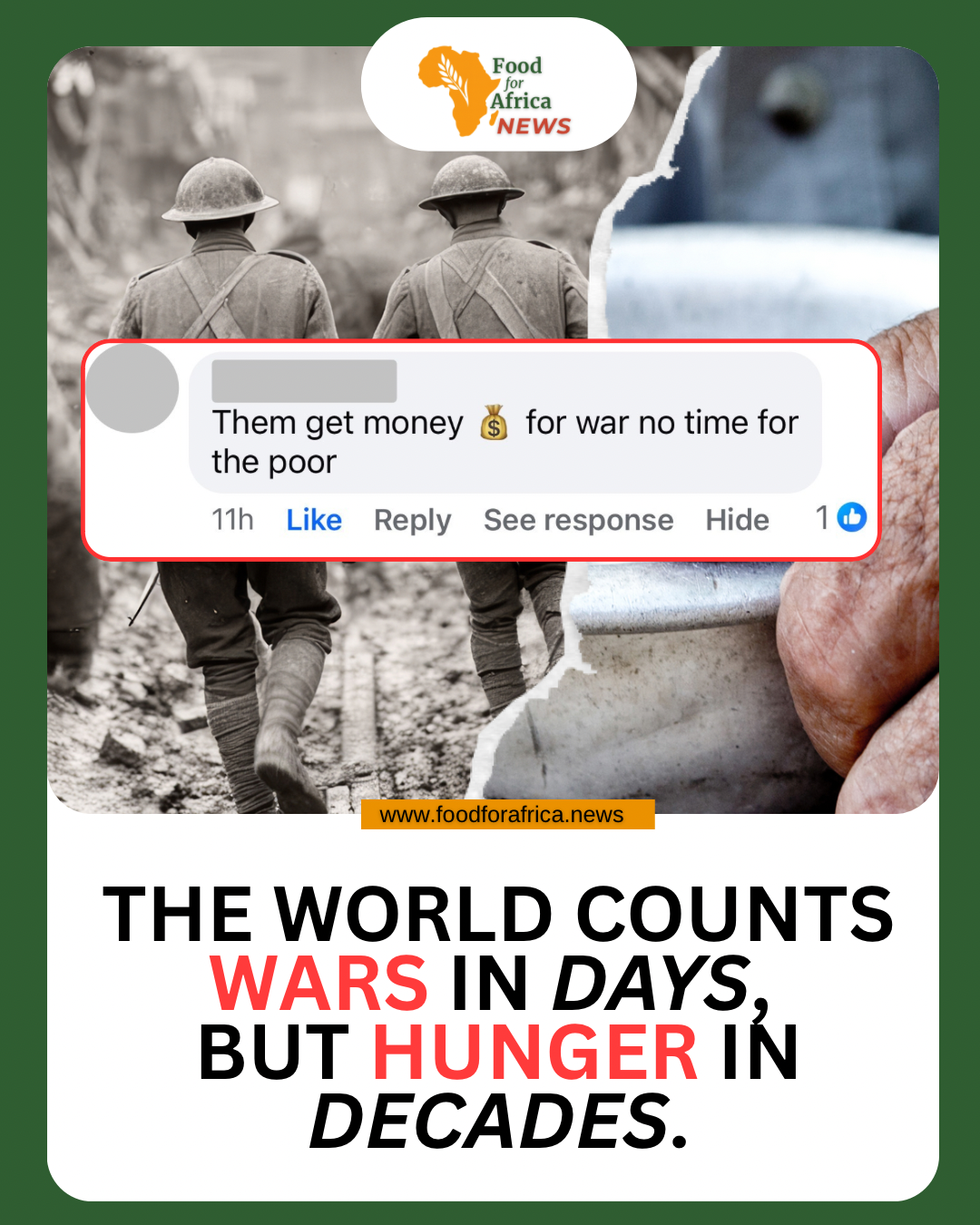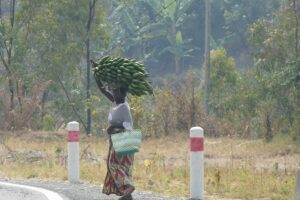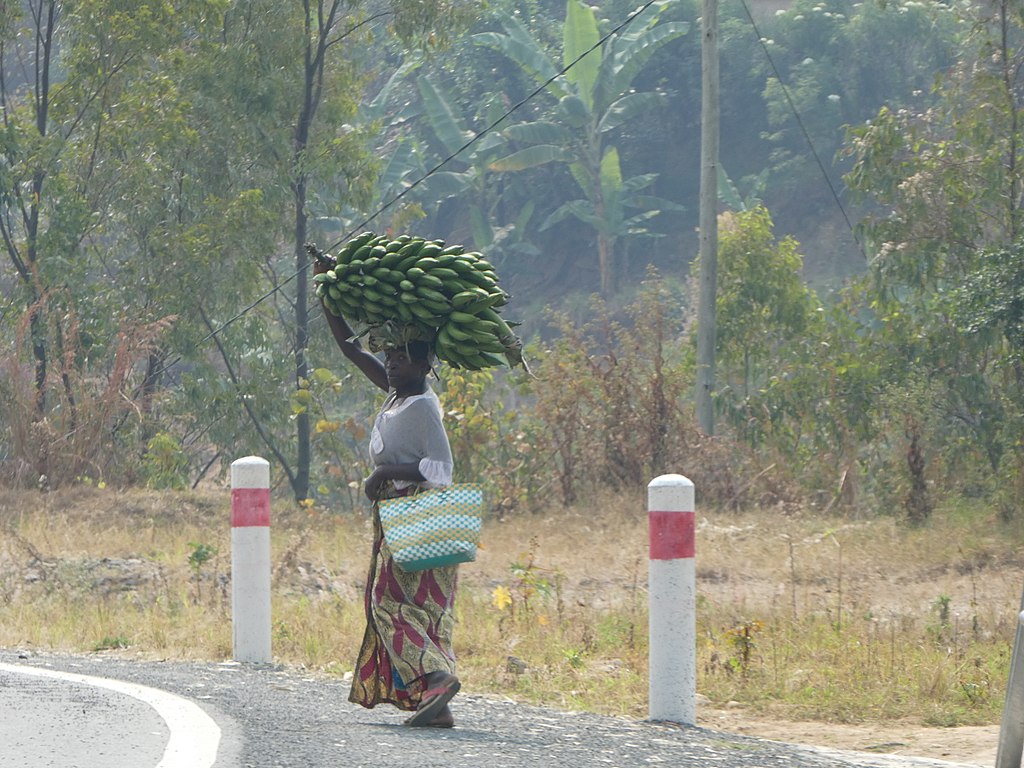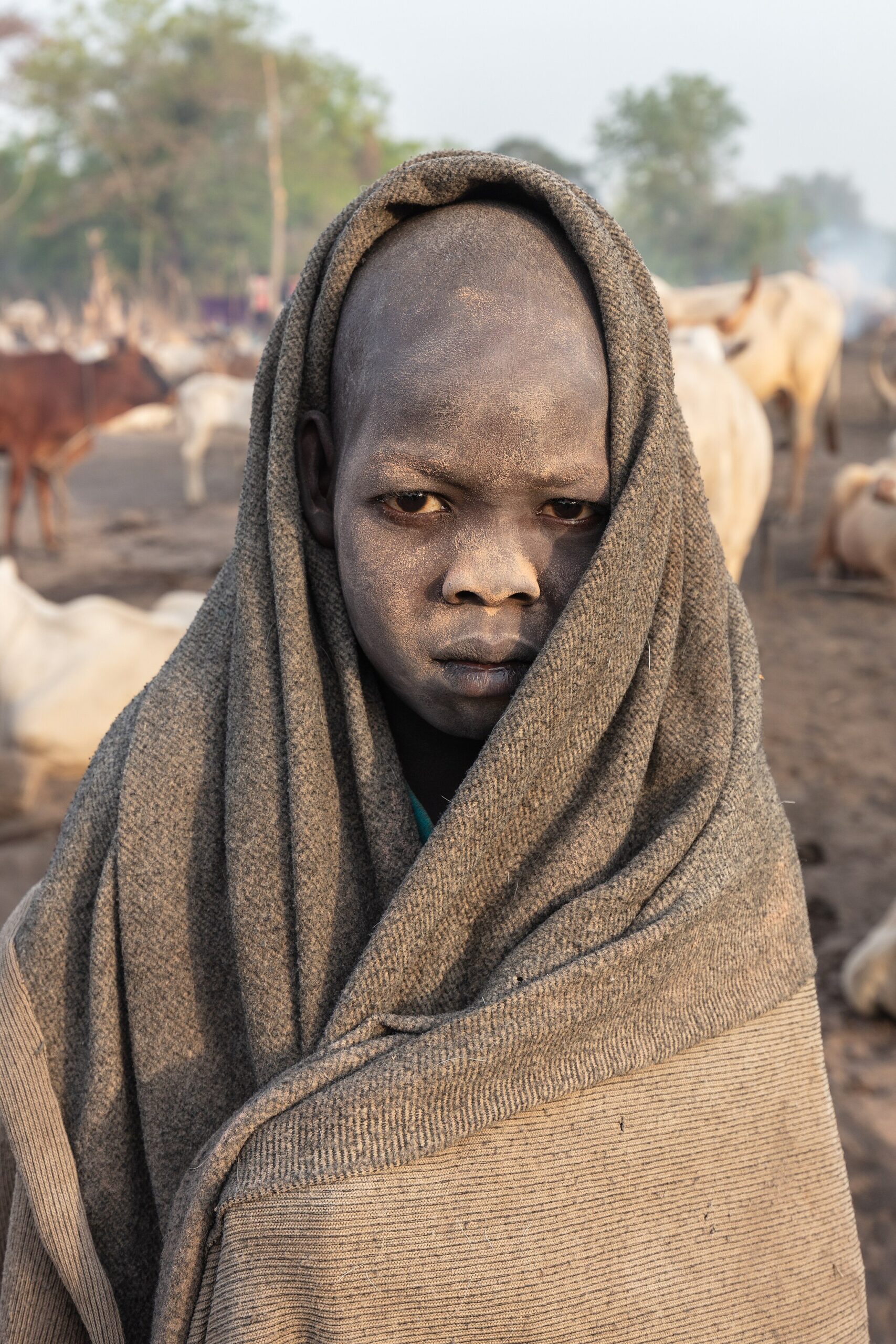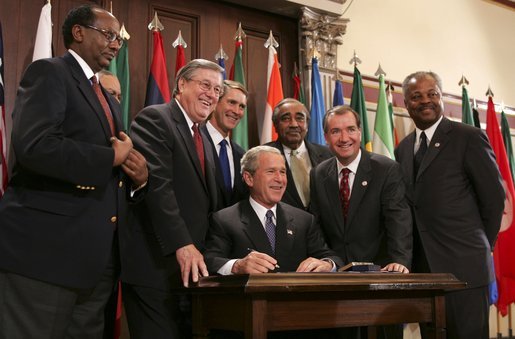When the sun rises over Musanze in northern Rwanda, a woman balances a heavy bunch of bananas on her head and walks the hillside path home. In this region, lives Joséphine, a retired teacher who tends a small farm of beans, bananas, and avocado trees in the rich volcanic soil. These crops feed her family and bring a little money at the market. But it was not always this way.
For years, the government told farmers like her to plant only maize. The harvests looked bigger, but her family’s meals became less healthy and the money she earned was smaller. When new rules finally allowed her to grow different crops again, life changed. She could sell more, cook more, and feel secure.
Her story reminds us: farmers plant seeds, but policies decide who eats.
Policies that lift farmers up
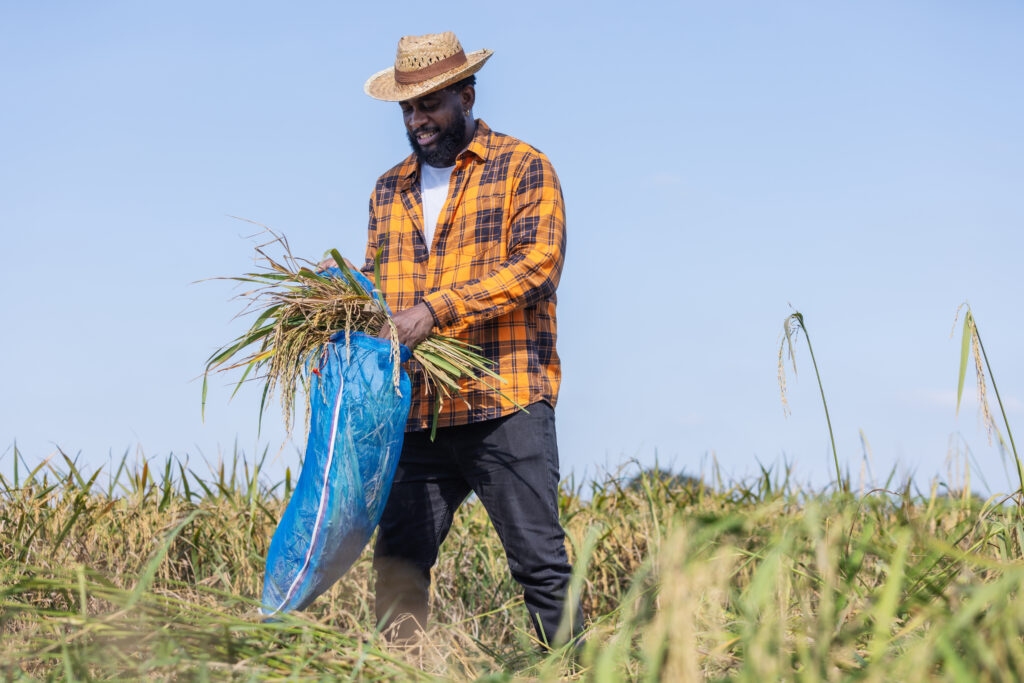
In Kenya, fertilizer is the difference between a weak harvest and a full basket. A study in 2024 showed farmers did better when they could get fertilizer from local shops instead of waiting in long lines at government depots.
In Ghana, the government started Planting for Food and Jobs 2.0 in 2023. Instead of just handing out seeds and fertilizer, the new system gives farmers inputs on credit and connects them to real buyers. By 2024, officials were making sure even the poorest farmers could join.
In Ethiopia, the Productive Safety Net Programme helps families in the hungry season. They receive food or cash, but also work on projects that make the land stronger, like building terraces or small roads.
Policies that may hold farmers back
In Rwanda, crop mandates have pushed farmers into monocropping, cutting away the diversity that once kept families strong and fields resilient. In Ethiopia, insecure land rights leave many, especially women and youth, unable to invest in the soil they depend on. And across Africa, when governments impose export bans, food prices rise and hungry neighbors are left waiting.
Policies like these decide far more than harvests. They decide who eats.
If farmers already grow the harvest, what would Africa’s table look like if every policy supported, instead of hindered?
Sources
- Tegemeo Institute (2024) – Evaluating Kenya’s NFSP:
https://tegemeo.egerton.ac.ke/images/2024/07/Evaluating_Kenyas_National_Fertilizer_Subsidy_Program_Implementation_crowding_out__BCA.pdf - PolicyCommons – Rapid assessment of Kenya’s fertilizer subsidy:
https://policycommons.net/artifacts/8553024/a-rapid-assessment-of-the-effects-of-the-general-fertiliser-subsidy-on-private-sector-fertiliser-markets-technical-report/9486635/ - CGIAR/IFPRI – Subsidizing resilience: Kenya’s fertilizer program:
https://cgspace.cgiar.org/server/api/core/bitstreams/6c023837-9734-4e53-a605-e814f13491ea/content - IFPRI Blog – How Kenya’s NFSP is working:
https://www.ifpri.org/blog/how-kenyas-national-fertilizer-subsidy-program-working/ - Ghana MoFA – PFJ 2.0 program description:
https://mofa.gov.gh/site/media-centre/archived-info/107-pfj-2-0/472-planting-for-food-and-jobs-phase-2-pfj-2-0 - Ghana MoFA – PFJ 2.0 plans and publications:
https://mofa.gov.gh/site/publications/policies-plans/475-planting-for-food-and-jobs-phase-ii - BFT Online – MoFA steps up farm input distribution under PFJ 2.0:
https://thebftonline.com/2024/07/12/mofa-steps-up-distribution-of-farm-inputs-under-pfj-2-0/ - FAO (2024) – PSNP public works paper:
https://www.fao.org/agrifood-economics/publications/detail/en/c/1601150/ - UNIDO/FAO (2024) – Ending Hunger is Possible report:
https://www.unido.org/sites/default/files/unido-publications/2024-10/UNIDO-FAO%20report%20Ending%20Hunger%20is%20Possible.pdf - PMC – Food security and tenure insecurity in Ethiopia:
https://pmc.ncbi.nlm.nih.gov/articles/PMC10527708/ - Featured photo attribution: Dewdrops123, CC BY-SA 4.0 https://creativecommons.org/licenses/by-sa/4.0, via Wikimedia Commons
